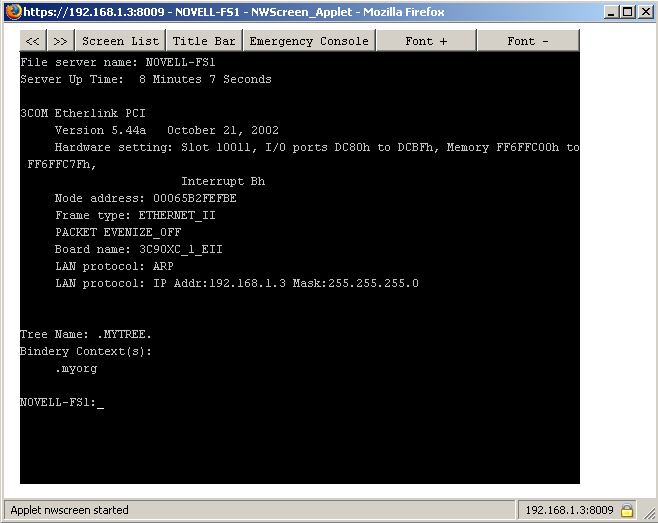

Linux iptrace code#
If there is no response within a 5.0 seconds (default), an " *" (asterisk) is printed for that probe.Īfter the trip time, some additional annotation can be printed: !H, !N, or !P (host, network or protocol unreachable), !S (source route failed), !F (fragmentation needed), !X (communication administratively prohibited), !V (host precedence violation), !C (precedence cutoff in effect), or ! (ICMP unreachable code ). If the probe answers come from different gateways, the address of each responding system will be printed. The address can be followed by additional information when requested. Three probes (by default) are sent at each ttl setting and a line is printed showing the ttl, address of the gateway and round trip time of each probe. It start its probes with a ttl of one and increases this by one until it gets an ICMP "port unreachable" (or TCP reset), which means we got to the "host", or hit a max (which defaults to 30 hops). Traceroute attempts to trace the route an IP packet would follow to some Internet host by launching probe packets with a small ttl (time to live) then listening for an ICMP "time exceeded" reply from a gateway. The default probe datagram length is 40 bytes, but this may be increased by specifying a packet size (in bytes) after the destination hostname. The only mandatory parameter is the destination hostname or IP number. The traceroute command utilizes the IP protocol "time to live" field and attempts to elicit an ICMP TIME_EXCEEDED response from each gateway along the path to some host. Tracking the route your packets follow (or finding a gateway that's discarding your packets) can be difficult.

Tracing an IP will see through most proxies, but remember that even a free VPN can obscure the host’s IP address and location.The Internet is a large and complex aggregation of network hardware, connected together by gateways. It can even help you problem-solve a poor connection to a host. Tracing an IP address not only tells you where your data is going but also the location of another internet user and if data is going somewhere it shouldn’t. When you have the specific IP addresses where your information is sent, you can find out that location through an online database.

Linux iptrace how to#
In this article, we’ll show you how to trace an IP address, so you can follow your information to any specific location around the world. Normally it will use an identifier, called an IP address, and you can use it to get lots of information, including where your data’s really going. The internet is large and busy, so if you want your traffic to end up at the right place, your device needs to know where to send it.
Linux iptrace mp4#
MP4 Repair: How to Fix Corrupted Video Files in 2019.Best Choice Stellar Phoenix Data Recovery.
Linux iptrace generator#
How to Create a Strong Password in 2023: Secure Password Generator & 6 Tips for Strong Passwords.How to Securely Store Passwords in 2023: Best Secure Password Storage.Best Password Manager for Small Business.How to Access the Deep Web and the Dark Net.Online Storage or Online Backup: What's The Difference?.Time Machine vs Arq vs Duplicati vs Cloudberry Backup.


 0 kommentar(er)
0 kommentar(er)
